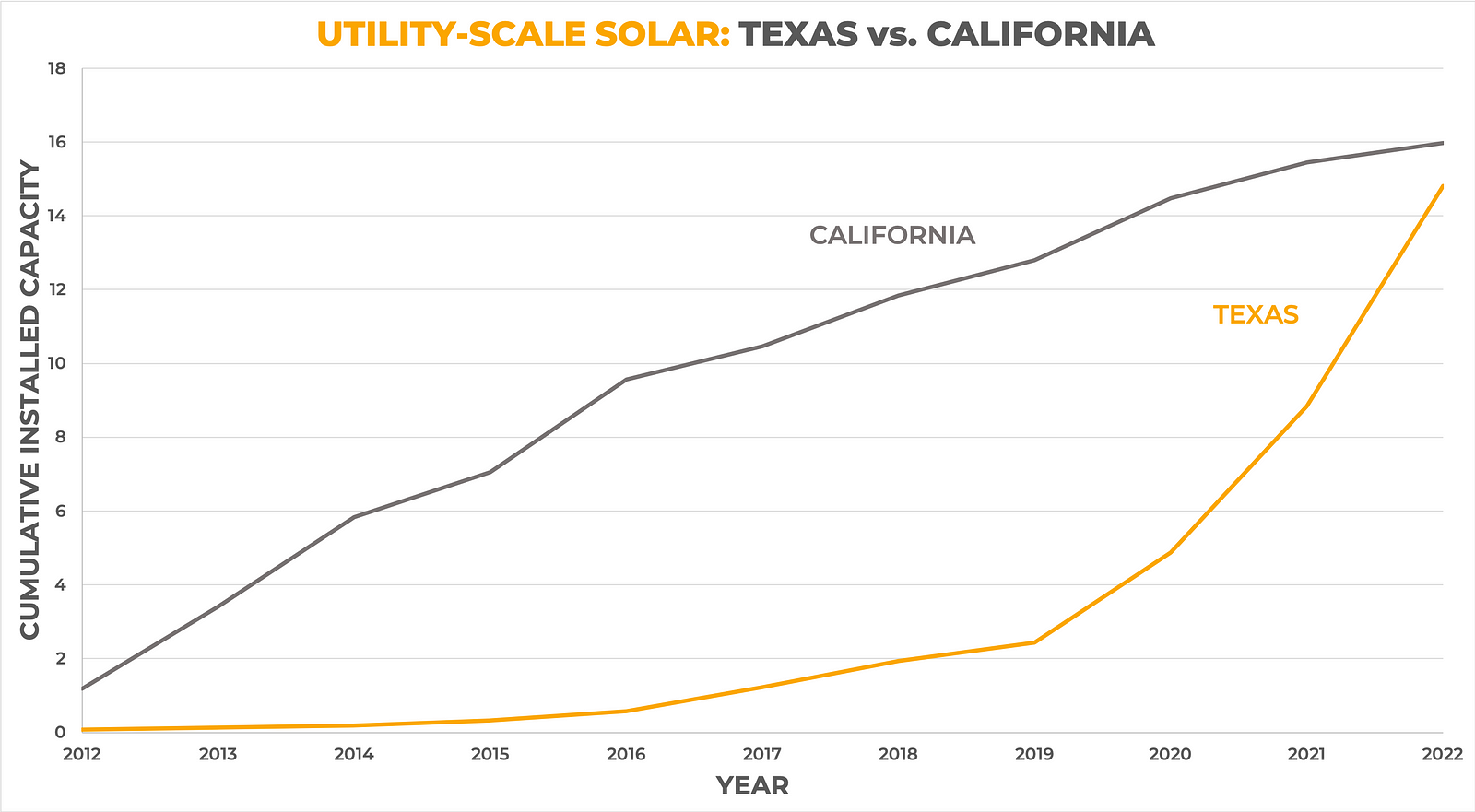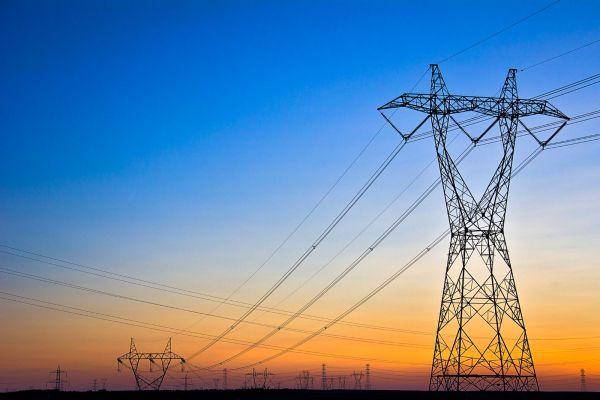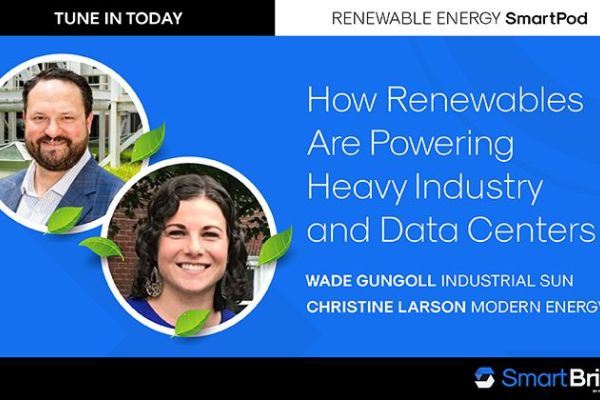Texas the Heir Apparent for Becoming the U.S. Leader in Utility-Scale Solar
Insights
Feb 27, 2023
Written by Rich Clark

For more than a decade, California has claimed the #1 spot among U.S. states for cumulative installed solar PV capacity. It also often ranks #1 or #2 for new installed capacity in any given year. But if market trends continue, that is all about to change — and soon.
Texas, known for its #1 spot atop the U.S. wind energy market, is now poised to supplant California and take over the #1 spot for total installed utility-scale solar capacity. Some estimate that moment could arrive as soon as a few months from now. Texas’s utility-scale solar surge has likewise caught the attention of Canary Media, which spotlighted its race with California in their Chart of the Week.
Texas is no stranger to energy leadership. The state currently leads the nation for natural gas production. Its largest transmission system operator, ERCOT, is the global leader outside China and the aforementioned U.S. leader in installed wind capacity. And its most-populous city, Houston, is the largest municipal buyer of renewable power in the country, according to the U.S. EPA’s Green Power Partnership rankings.
And now it’s on track to add large-scale solar leader to its CV, too, rocketing past all other U.S. states save for one — and with sights now firmly set on California’s #1 spot.
The Lone Star State’s utility-scale solar boom
The dramatic rise of solar capacity over the past couple of years is well-substantiated… and impressive.
During the 2010s, solar market growth in Texas was slowly but steadily chugging along in parallel with states such as Arizona, Florida, and North Carolina. Then 2020 arrived, and with it, the start of a solar market boom in the Lone Star State that shows no signs of subsiding soon.
By the end of 2021, installed utility-scale solar capacity had doubled, reaching more than 8 gigawatts (GW). In less than a year, it doubled yet again, reaching 16 GW by the end of Q3 2022. During that 2022 surge, more than half of the nation’s Q2 utility-scale solar additions came from Texas. Although final 2022 numbers are not yet in, according to the U.S. EIA’s Preliminary Monthly Electric Generator Inventory, Texas might have added as much as 10 GW of utility-scale solar capacity last year — compared with 3.2 GW in California.
Looking ahead on the calendar, Texas could add another 8 GW of large-scale solar by the end of 2023, with another 9 GW deeper in the ERCOT development queue. Combined, these additions would once more double the Lone Star State’s cumulative installed utility-scale solar capacity. According to U.S. EIA forecasts and PV magazine reporting, 2023 is expected to see the most utility-scale solar added in a single year for the U.S., with Texas adding more than any other state.
All this installed solar capacity is actively fueling clean generation on the ERCOT grid. In 2020 daily solar generation surpassed 30,000 MWh for the first time. As with installed capacity, solar generation then more than doubled in 2021, surpassing 60,000 MWh. By early 2022, the solar record had grown yet again to 93,180 MWh. The high water mark is sure to give way to a new solar generation record with all the GW of solar coming onto the ERCOT system.

Data sources: US EIA, ERCOT, CAISO via Canary Media
Four factors driving solar momentum in Texas
A range of factors are fueling solar’s rise across Texas. Following are four key drivers — some already underway, some emerging:
- Solar cements its position as the least-cost energy generator. In the crystal ball that is the U.S. EIA’s most recent Annual Energy Outlook, looking ahead at the levelized cost of energy for new generation sources coming online in 2024, 2027, and 2040, one thing was clear: solar’s LCOE holds constant as the least-cost resource over time, while wind and natural gas both experience modest increases in their respective LCOEs.
- The IRA boosts solar tailwinds. A month after the IRA was passed, Wood Mackenzie reported the largest quarter-over-quarter growth on record with 10 GW of new utility-scale solar capacity contracts in Q2, up 201% from Q1.
- Corporate-driven solar procurement is on the rise, with IRA-fueled optimism leading to a marked boost in corporate interest and investment in utility-scale solar. But the best sign of momentum is the fact that global firms are seeing the light of industrial solar in Texas — from Google to Amazon, PepsiCo, Uber, and many more.
- Wind paves the (transmission) way for solar investment in Texas. West Texas solar development is actively benefiting from surplus transmission capacity, thanks to the fact that its generation profile is counter-cyclical with wind generation, which prompted the transmission to get built in the first place.
Looking ahead: Texas is the place for new industrial solar
Texas is on pace to continue its meteoric rise in delivering U.S. solar capacity by bringing online roughly one-third (30 GW) of the utility-scale solar capacity planned in the U.S. over the next two years. As the clear heir apparent to utility solar, Texas is the right place for industrial leaders seeking cheaper, more abundant energy. To learn more about the opportunity for your industrial facilities, connect with an Industrial Sun pro today.
Rich Clark is the VP of Development at Industrial Sun.




